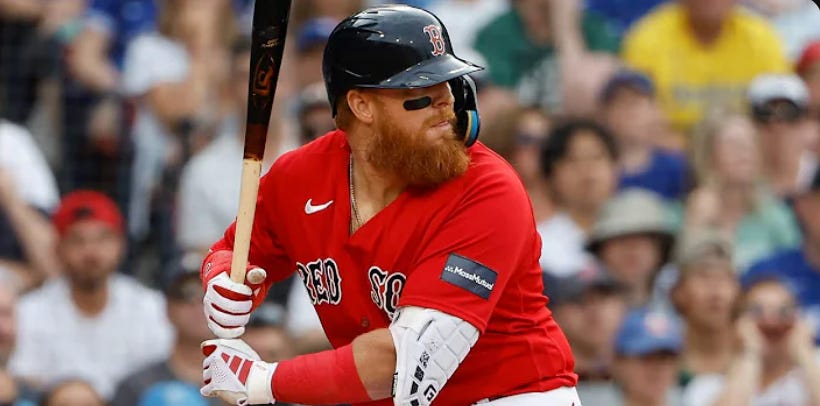The Counterbalance of Hitting
Why extreme approaches and swings work for Big Leaguers, but not for Kids
Over the last few days, I’ve put down quite a few words toward Raising Ballplayers, specifically on defensive development. On a couple of occasions, I’ve attempted to distill some of it down, so I can share it here. However, I’ve failed miserably to find any sort of quick hit outline that does it justice.
The biggest problem I’ve encountered is an important piece in what I consider the misunderstood aspects of development: that what an athlete does today—say a drill or a mental or technical approach—works well for them now because of what they’ve done and experienced in the past.
Meaning, that for someone to replicate or model another player, very rarely will it yield the same change, growth, or results. Here’s an example:
Josh Donaldson and Justin Turner played a huge role in what can be called the “Fly Ball Revolution.” Where hitters, not necessarily built like power hitters, began focusing on lifting the ball and significantly transforming their production in the batter’s box.
But here’s the thing: Donaldson was twenty-six years old before he changed his mental and physical approach to hitting bombs. Turner was even a few years older. Both of them had likely up to a decade and a half worth of “traditional” swing reps by the time they were twenty-five. Their swing mechanics were hard-wired into their nervous system, and in order to make even minimal swing adjustments, they had to commit to extreme approach changes.
Aaron Judge is another great example. Although he may have been a bit younger — 22 or 23 when he made changes to his hitting approach and swing — search YouTube for videos of him while in the Cape Cod League or at Fresno State. He was aggressively opposite of what he is today. Like Donaldson and Turner, Judge had the luxury (if not the necessity) to commit to a radically different intention to create his swing into the best producer in the game.
There are two important development points to be made when speaking of Donaldson, Turner, & Judge.
First, each of these hitters had hardwired swings that required a drastic change in mental and physical approach in order to change. If you take a youth player — without a decade of hard-wired habits — and get them to model the exact words or actions of these guys, their changes are going to come out much more extreme.
Think of hitting like an ancient balance scale where an exact weight needs to be added to one side to counterbalance the two sides. That equality is where a hitter’s best hitting takes place. It’s what baseball and it being a “game of adjustments” refers to. If a big league guy as mentioned above needed two pounds to balance his scales, and then a twelve-year-old applied that same exact weight, it wouldn’t result in the same harmony.
The second point that I have to make in regard to these star hitters, again, focuses on their age. Each of them made it to the game's highest level without a “great” swing. The youth baseball industry — and thus the consumers (baseball families) — tends to significantly undervalue or be completely unconscious of the value of what’s being learned during the process of performing with less-than-ideal or inefficient mechanics.
In the book Swing Kings, written by Jared Diamond, Justin Turner eluded to this fact himself:
“I figured Turner would lament the fact that he hadn’t met Latta (the man that helped revolutionize his swing* JB) earlier. If he had, he’d probably be a lot richer. He certainly wouldn’t have had to claw his way up from the bottom. He’d have played on more All-Star teams and won more awards.
Turner saw it a little differently. He reflected on the entirety of his journey, including the fact that he had made it all the way to the major leagues with a broken swing. He had taught himself to hit that way. He learned how to control the strike zone and how to handle the bat. He developed the grind-it-out mentality that he still brings with him to the plate every single time he steps into the box.
‘Honestly, I think it was good to be able to not have the best swing and figure out a way to have success,’ he said. ‘I don’t know, because I don’t want to say that high school kids shouldn’t start learning to hit, so it’s a fine line.’”
That’s incredibly well said by Turner. I remember the first time reading Swing Kings, and jumping up and down in joy when I came across those paragraphs — which don’t occur until near the final chapter of the book — thinking this is the most important piece of the entire book for any hitters that find themselves reading it (Side Note: Swing Kings is a great book, but head’s up, it’s not a hitting manual. It primarily focuses on the back story of key players and private instructors who played a pivotal role in making hitting the ball in the air the thing to do).
Since this has been my primary focus for a couple of decades — the invisible skills of hitting — I could make some assumptions about another dozen or two skills Turner developed before making his swing/approach adjustments that led to the high-level of consistency he demonstrated in his 30s. Perhaps that’ll make a great future segment for Evolution of a Hitter. More need to know how much successful hitting goes well beyond the swing, and is most often developed before a swing becomes great.
But one more thing to note on Turner’s quote, I found it awesome that he did ponder if it wasn’t a bad thing to learn how to hit (or develop a high-level swing) sooner, but notice that he referred to the high school age. Not youth players.
I’ve written many times before that “big leaguers rarely swing like big leaguers until they become big leaguers” and noting Turner’s words, that’s another reason why.
So my advice is if there is a young player out there, and they have a dream and a vision to one day be just like their favorite star player. Rather than emulating what they do now, do your best to research their journey, and figure out what they were thinking and doing when they were your age (or before). I promise you, if you look hard for it, you can find it. And you’ll likely be surprised by what you discover.
Aim High & Swing Hard — JB
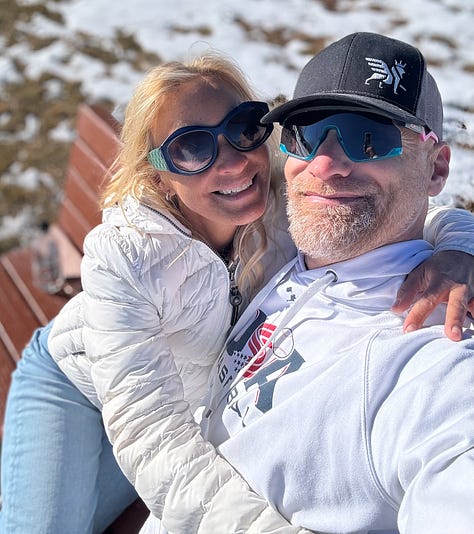
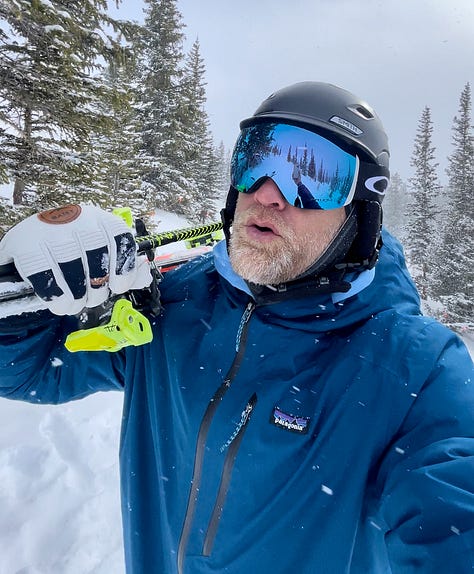
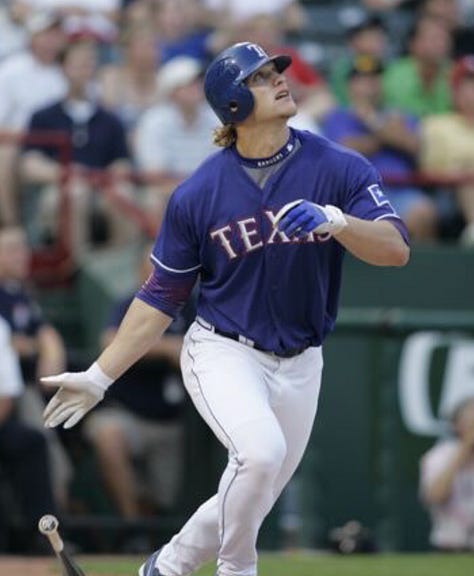
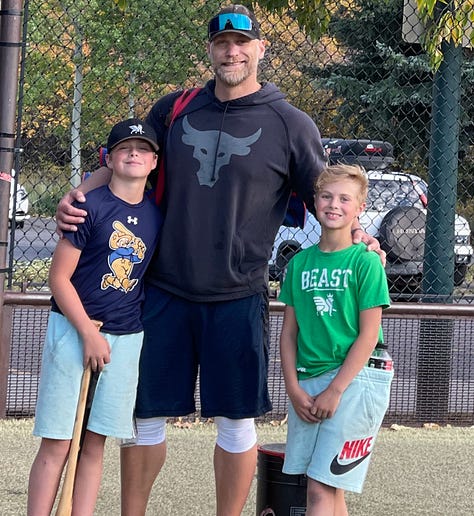
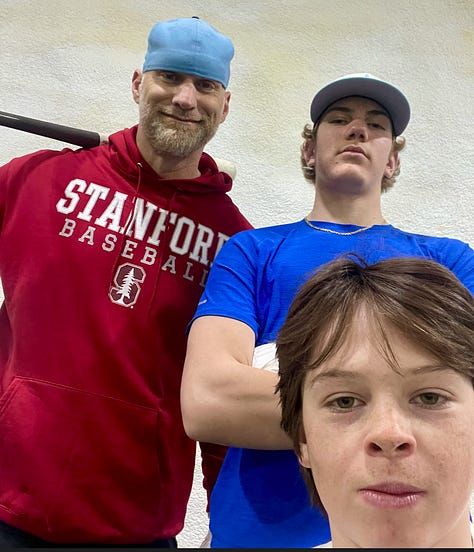
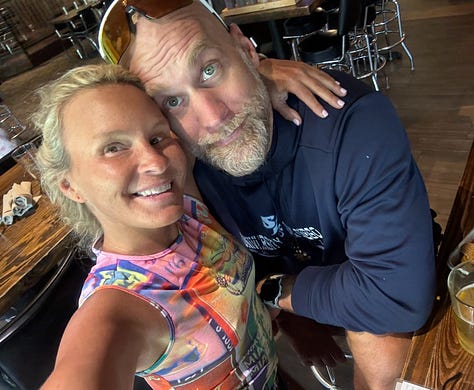
All posts of HAVE BAT, WILL TRAVEL are written by former major leaguer and fifteen-year professional hitter, Jason Botts. Since retiring, Jason began mentoring and providing private mindset coaching to athletes across all sports. He now lives in Colorado, where he’s become obsessed with skiing, teaching his two sons the game, and taking ungodly long walks with the love of his life, Sarah.
He still works virtually with clients, and in his spare time, he’s dedicated to writing about baseball — with his most passionate topics centering around the art of hitting and the counterintuitive nature of player development.
**Curious about Jason’s Mentorship & Development programs for Athletes and Families? Feel free to message him directly below.


